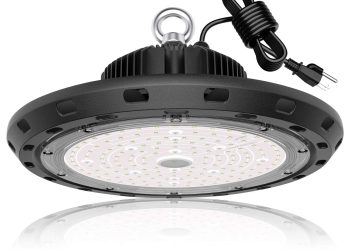
Advertising technology is an integral part of running digital advertising campaigns. Marketers use AdTech to buy, manage, and analyze digital advertising. As a result, advertising technology has managed to build a massive infrastructure.
AdTech or advertising technology describes the software and tools to reach target audiences and measure the performance of ad campaigns. As buying and selling digital advertisements became comped, AdTech evolved to streamline the process. So let us dive deeper into Advertising technology and know how it works in the real world.

Basics of AdTech
AdTech comprises various software tools and technologies such as supply-side platforms, demand-side platforms, ad servers, and networks. Marketers and advertisers use these tools to show their advertisements to relevant target audiences. Market leaders like Evan Rutchik are already using AdTech to build brands for their clients. Let us check the types of advertising technologies.
Programmatic advertising
Programmatic advertising technology is used to buy and sell digital advertisements. It uses automated processes to buy digital ads inventory from the web, videos, mobile apps, and social media platforms. Machine learning and workflow automation play a vital role in delivering the ads to the right audiences based on signals like age, gender, demographics, income, and shopping patterns.
Demand-side Platform
Abbreviated as DSP, the demand-side platforms are software used to buy display ads, mobile ads, and video ads. It is an organized marketplace used by advertisers to access the inventory via ad exchanges, supply-side platforms, and direct integrations. It is driven by the demand side of advertising. Advertisers look for inventory to reach their target audience within the defined time frame and budget. DSP is cost-effective and highly efficient for buying digital advertisement inventory.
Supply Side Platform
A supply-side platform (SSP) is a tool that automates the sale of digital ad impressions, including videos, mobile ads, and display ads. It’s powered by the publishers looking to sell their stocks. SSPs allow publishers, ad networks, and ad exchanges to sell impressions to a wider group of potential buyers and allow publishers to set the bid range to maximize their revenue.
Agency Trading Desk
An Agency Trading Desk is a tool or set of services related to media planning and buying provided by media agencies. Typically set up on the demand side of advertising, ATD enables agencies to manage media purchases programmatically and based on an advertiser’s offer as they occur across all channels. ATD provides customers with analytics on ad purchases during a campaign. Agencies typically hire a team comprising data analysts, account managers, software developers, designers, and others on behalf of clients.While large media agencies have their own ATDs, there are also independent trading desks (ITDs) owned and operated by small agencies and advertisers.
Ad Servers
An ad server serves ads on a website or app and reports performance metrics for those ads. Advertisers, publishers, agencies, and advertising networks use ad servers to schedule and publish ads on a website. Ad servers host creative assets and streamline the process of choosing which ad to publish at which place, using automated technology. Ad servers can be a central place to manage advertising campaigns and report on their results.
Benefits of Advertising technology
AdTech simplifies and enhances digital ad campaigns, and it is becoming more sophisticated with time. Advertisers and marketers can use AdTech to deliver the right ads to the target audience at the right time. Moreover, AdTech tools help them to optimize their budgets and make advertising more inexpensive. Advertisers can improve the efficiency and effectiveness of their campaigns and track their performance at any time. AdTech also improves productivity and saves the time and effort of the marketers.
Conclusion
AdTech works in multiple ways to make advertising simple and convenient for advertisers and agencies. It allows brands to reach the relevant audiences, thereby increasing their reach, measurability, and effectiveness of their campaigns Pikdo Instagram.







